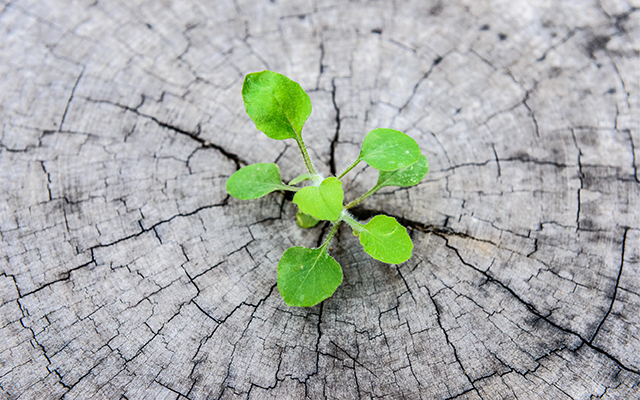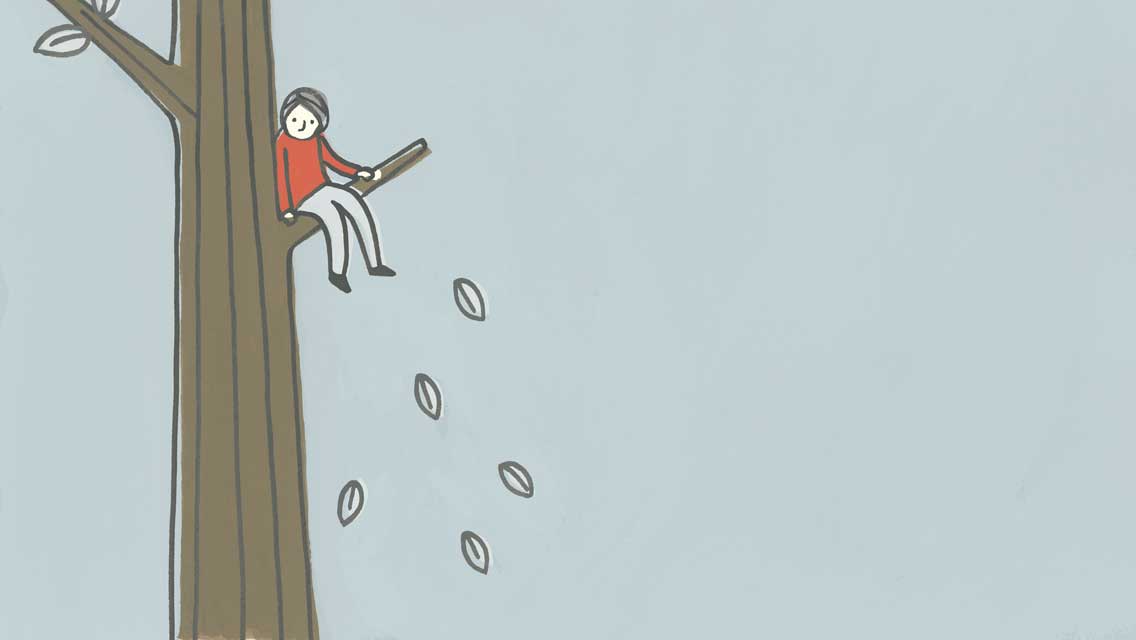My old buddy The Commissioner was in the midst of a tough week when he called me the other day. He’d recently been to see his doctor, who had prescribed a “small dose” of statins to bring down his cholesterol. That was followed by a colonoscopy, during which a polyp was discovered and removed. While he awaited test results that would tell him whether the polyp was cancerous, TC had to decide whether to submit to a biopsy of his prostate, because his latest PSA score was above normal.
“Getting old really sucks,” he said.
It’s a common refrain among my friends, like TC, who are passing (too quickly for their comfort) through and beyond middle age. And, while I understand the emotions that lie beneath such complaints, I’ve come to believe they obscure some fundamental truths that, once grasped, can make the aging process a less fearful and painful one.
I’m not unsympathetic to these concerns. I told TC, who’s a couple years away from his 60th birthday, that things change when you arrive in Geezerville. There’s stuff your body won’t let you do that was once second nature. That can be frustrating and, in some cases, even frightening. Mortality becomes less theoretical with each passing year — or with each doctor’s visit.
Most geezers respond to this in a perfectly rational way: They seek every possible preventive measure to delay the inevitable. About 15 million colonoscopies and 39 million mammograms are performed annually in the United States, for instance, and statins are the most-prescribed class of drugs in this country. Overall, about 60 percent of American adults take some prescription drug.
When TC asked me whether he should take the statins his doctor prescribed and submit to a prostate biopsy, I told him he should do whatever makes him feel comfortable. He knows I’ll have nothing to do with screenings and drugs, but that’s just me. “Do what you think makes the most sense for your own peace of mind,” I said.
What I didn’t say was how important it is to gradually ease into the idea of suffering as you get older. This isn’t about giving up; it’s about accepting that suffering is as much a natural part of life as joy, and that it offers similar opportunities for growth.
This view of suffering is a fundamental part of Buddhist thinking (The Four Noble Truths), but you don’t have to practice Buddhism to benefit from this shift in mindset. I was reminded of this recently after reading about B.J. Miller.
Miller is a triple-amputee who runs the Zen Hospice in San Francisco. He lost his legs and one of his arms in a gruesome accident while a sophomore at Princeton in 1990. But, as Jon Mooallem writes in a recent New York Times profile, the accident and subsequent surgeries and recovery changed Miller’s life — for the better.
“It wasn’t that Miller was suddenly enlightened; internally, he was in turmoil,” Mooallem writes. “But in retrospect, he credits himself with doing one thing right: He saw a good way to look at his situation and committed to faking that perspective, hoping that his genuine self might eventually catch up. Miller refused, for example, to let himself believe that his life was extra difficult now, only uniquely difficult, as all lives are. He resolved to think of his suffering as simply a ‘variation on a theme we all deal with — to be human is really hard,’ he says. His life had never been easy, even as a privileged, able-bodied suburban boy with two adoring parents, but he never felt entitled to any angst; he saw unhappiness as an illegitimate intrusion into the carefree reality he was supposed to inhabit. And don’t we all do that, he realized. Don’t we all treat suffering as a disruption to existence, instead of an inevitable part of it? He wondered what would happen if you could ‘reincorporate your version of reality, of normalcy, to accommodate suffering.’”
Miller views his recovery as “a creative act,” Mooallem notes. He argues that “all suffering offers the same opportunity, even at the end of life.”
It’s tempting to see Miller as some special case, a guy who rose heroically above his suffering to gain some unique perspective. But he would argue that the life-changing benefits of adversity are routinely available to anyone willing to understand and accept it as a normal part of life.
Years ago, my meditation teacher offered a simple mantra that I’ve always found to be helpful when running up against some painful reality: This is how it is now. In other words, nothing in this life is permanent, so there’s no reason to get attached to any outcome. Just fully embrace what’s occurring in each moment as it arrives and completely let it go when it departs.
This has carried me through financial disasters, relationship puzzles, family upheavals, and career disruptions. And it’s become central to the way I navigate the twists and turns of life in Geezerville. Why worry about what awaits me next week or next year when all I can control is how I respond to what I’m encountering in this moment?
TC decided not to take the statins his doctor prescribed, but there’s no way he’s ready to let down his defenses against the suffering that lurks in the future. “You’re a worrier,” I told him. He didn’t disagree, but wondered why I refused to take the steps so many others take to ensure their futures.
“I’m an idiot,” I confessed, “and I would never suggest that you follow my advice. But I’ve survived for more than 65 years by doing my best to avoid worrying about what’s around the corner and accepting it when it arrived. I could keel over tomorrow, in other words, but so far, so good.”



This Post Has 0 Comments